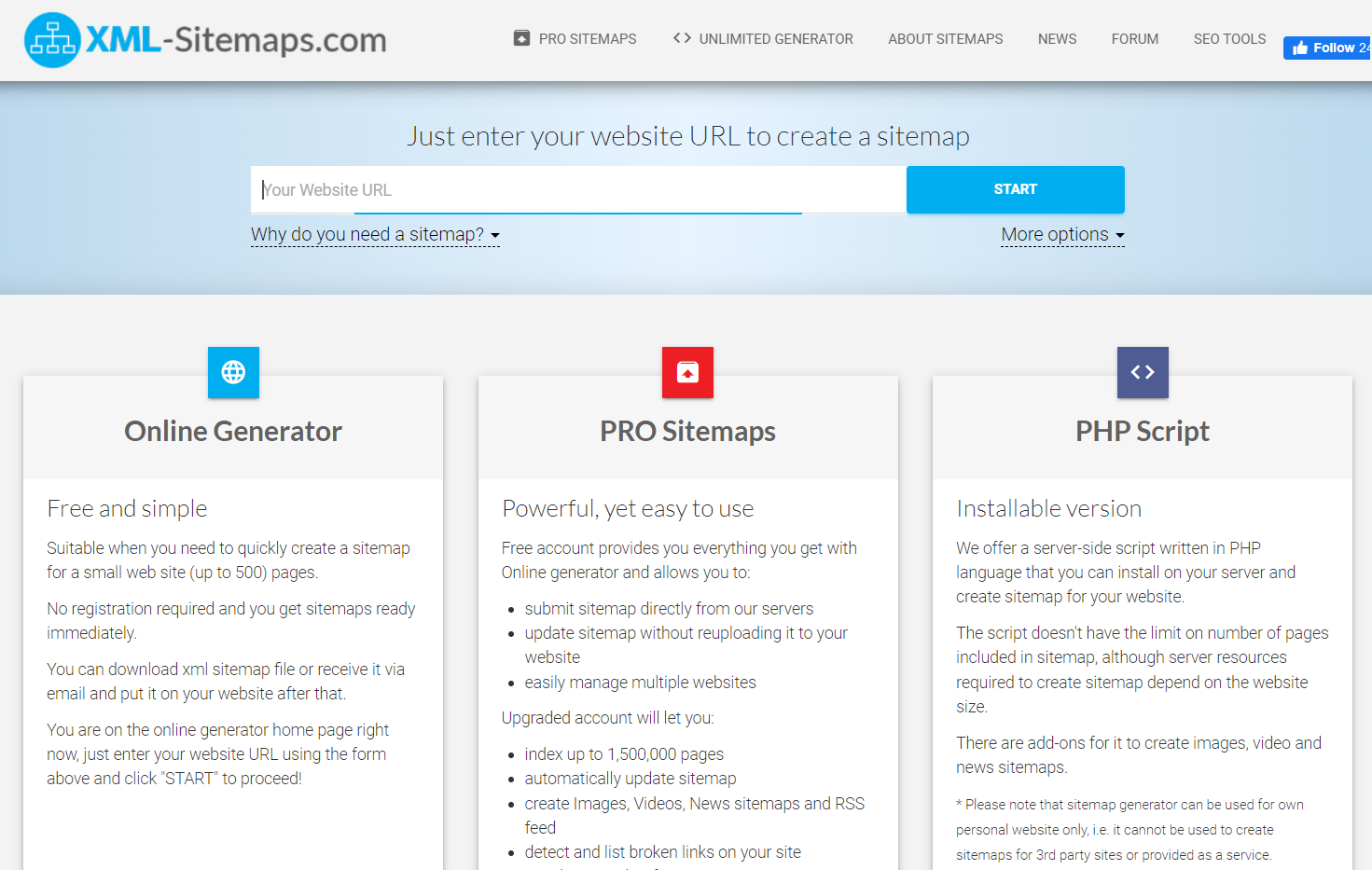Sitemaps
What is a Sitemap?
A sitemap is a file that contains a list of all the pages and posts on a website. It is a way for search engine crawlers to quickly identify and access all the content on a website.
It also provides an outline of the structure of a website, which can be helpful for both users and search engines.
Additionally, sitemaps can be used to provide additional information about each page, such as when it was last updated and how often it is changed.
This helps search engines determine which pages to index and when to index them.
Sitemaps can also be used to specify the priority of each page, which helps search engines decide which pages are more important and should be indexed first.
Why are Sitemaps Important?
A sitemap is an essential tool for optimizing the crawlability of a website.
Having a sitemap is important for crawlability because it provides search engines with an easy way to find, index, and prioritize pages on the website.
Without a sitemap, search engines may have difficulty finding, indexing, and understanding the content on a website.
If a crawler bot is unable to index a page, it will not show up in Google search results.
A sitemap tells them exactly which pages to index.
Submitting a sitemap can also help ensure that search engines have the most up-to-date information about a website.
When a sitemap is submitted, search engines are able to quickly identify changes to a website, such as new pages, content updates, and link modifications.
This ensures that search engine results remain up-to-date and relevant.
Do You Need a Sitemap?
With that being said, not every website actually needs a sitemap.
Remember, Google bots crawl websites automatically, so if you don’t have a sitemap submitted, it doesn’t mean that your pages aren’t indexed. But it definitely helps.
For example, if you have a flat site architecture (each page is accessible within only 1-2 clicks from the homepage), and your pages have tons of internal links, your website is already extremely easy for Google to crawl as it is, and so a sitemap isn’t strictly necessary here.
You also don’t really need a sitemap if your website is relatively small (fewer than 500 pages that need to be crawled).
Once you pass that limit, however, crawlers might miss some of your pages without a sitemap to help guide them.
Sitemap Example
Here is an example of a basic .XML sitemap provided by Google Search Central:

How to Create a Sitemap?
There are two ways to create a sitemap – if you’re comfortable with code, you can write one yourself, or alternatively, there are many sitemap generator tools available out there than can do it for you, for free.
Manually
To create a sitemap, you will need to use a text editor such as Notepad or TextEdit. The first line of your sitemap should be the XML declaration:
<?xml version=”1.0″ encoding=”UTF-8″?>
The next line should be the opening sitemap tag:
<urlset xmlns=”http://www.sitemaps.org/schemas/sitemap/0.9″>
Each page on your website should then be listed as a separate <url> tag. For example:
<url>
<loc>http://www.example.com/</loc>
<lastmod>2013-01-01</lastmod>
<changefreq>monthly</changefreq>
<priority>1.0</priority>
</url>
The <loc> tag contains the URL of the page, the <lastmod> tag contains the date on which the page was last modified, the <changefreq> tag specifies how often the page is updated, and the <priority> tag specifies the importance of the page.
Once you have added all of the pages to your sitemap, you should save the file as sitemap.xml and upload it to the root directory of your website.
With a Tool
Software is the preferred way of generating sitemaps – it’s quicker, and eliminates human error from the process.
XML-Sitemaps.com is just one example of a tool that can quickly generate a sitemap for you.

All you have to do is paste the URL of your website, and the tool will do all of the work for you scanning through your pages and adding them into your file.
Once it’s ready, you can download the .XML file and upload it into your Google Search Console account.
Bottom Line
So, sitemaps help search engine crawlers find and index pages on a website.
They are not a necessity, especially if you have a smaller website with a flat architecture and thorough internal linking, but they do ensure crawlabiltiy and indexability when submitted.
